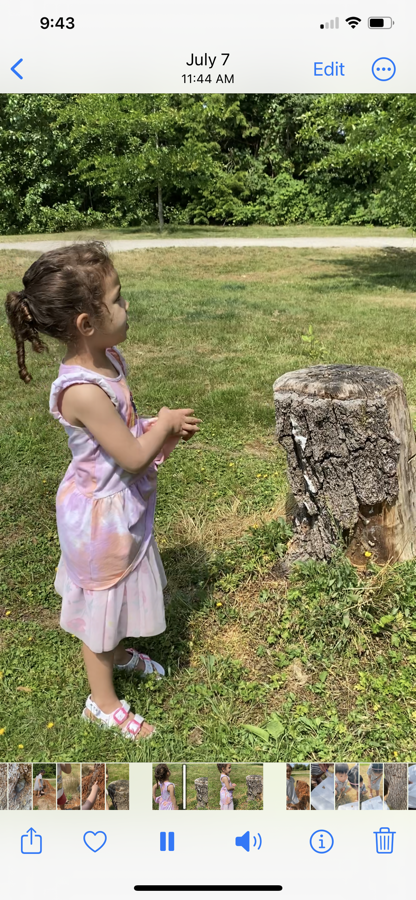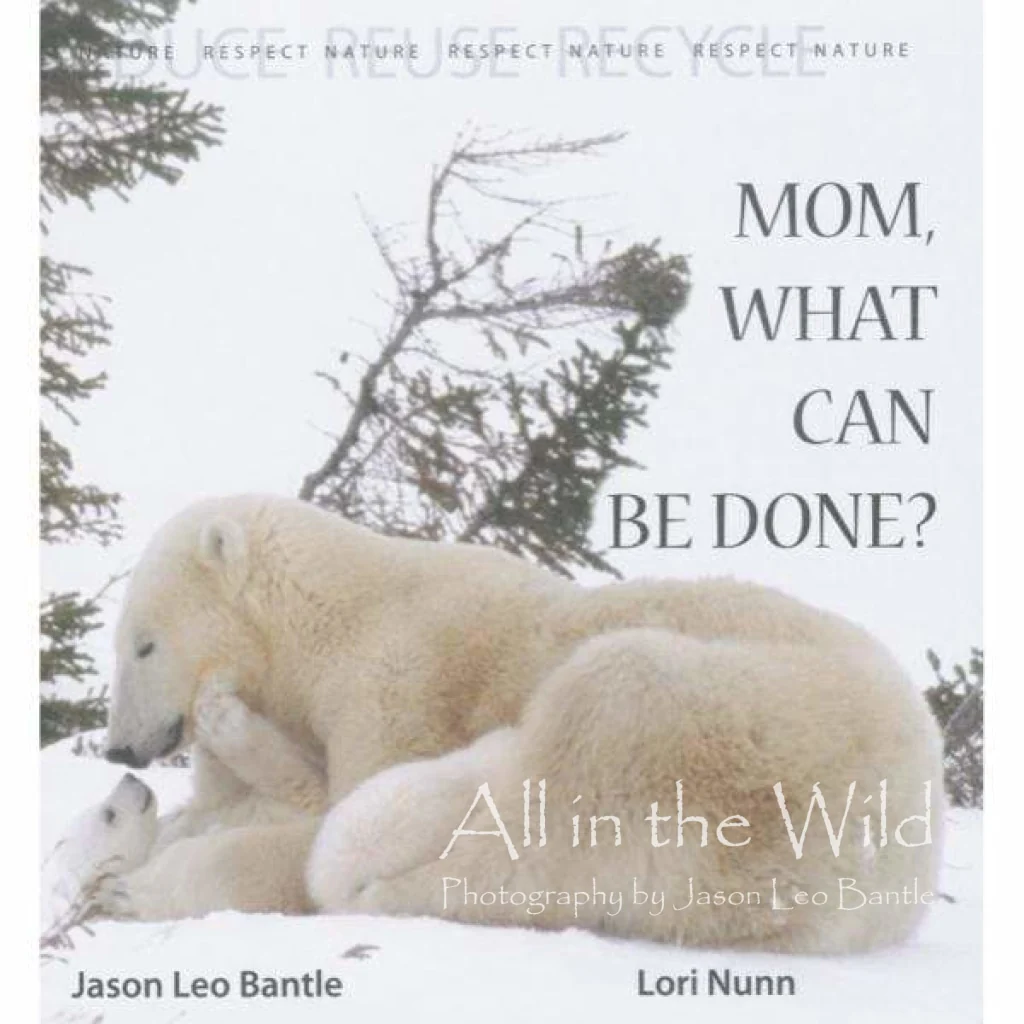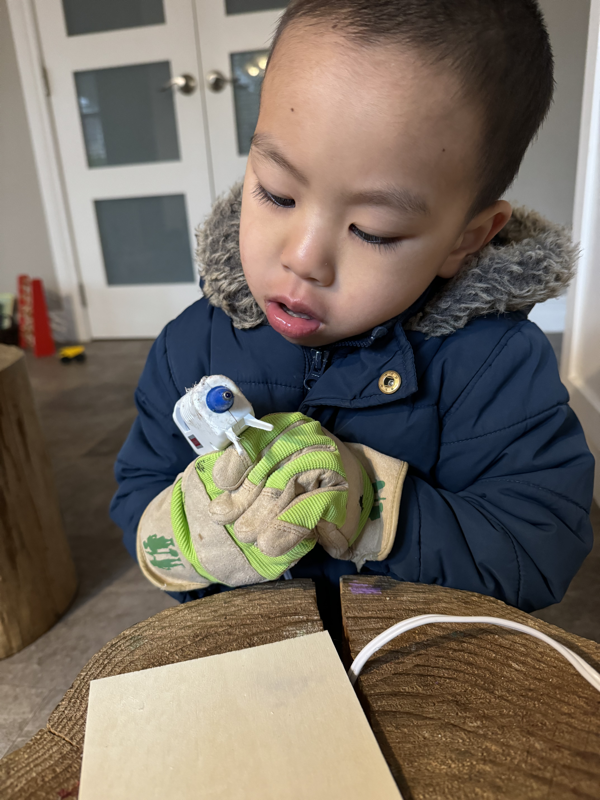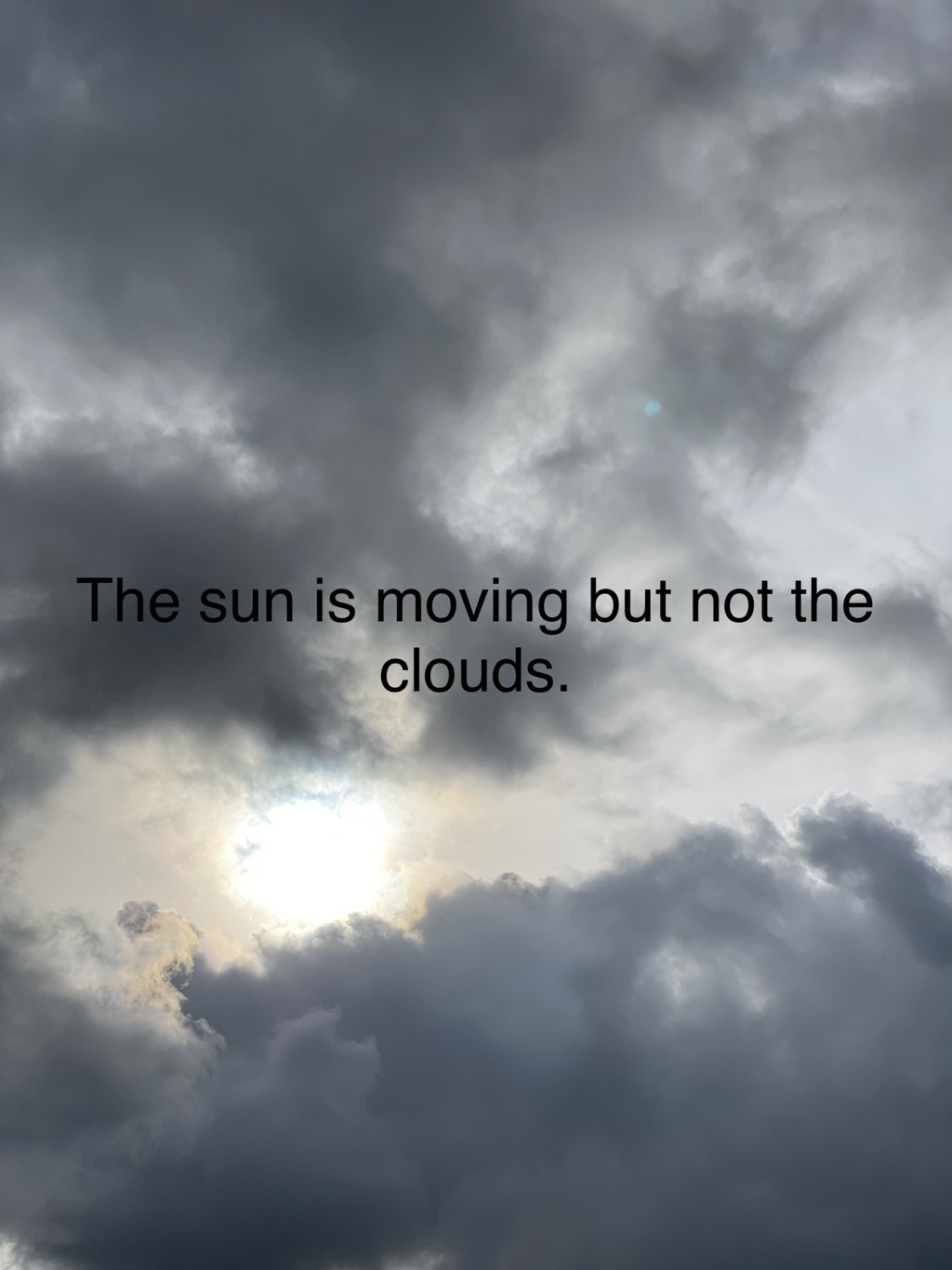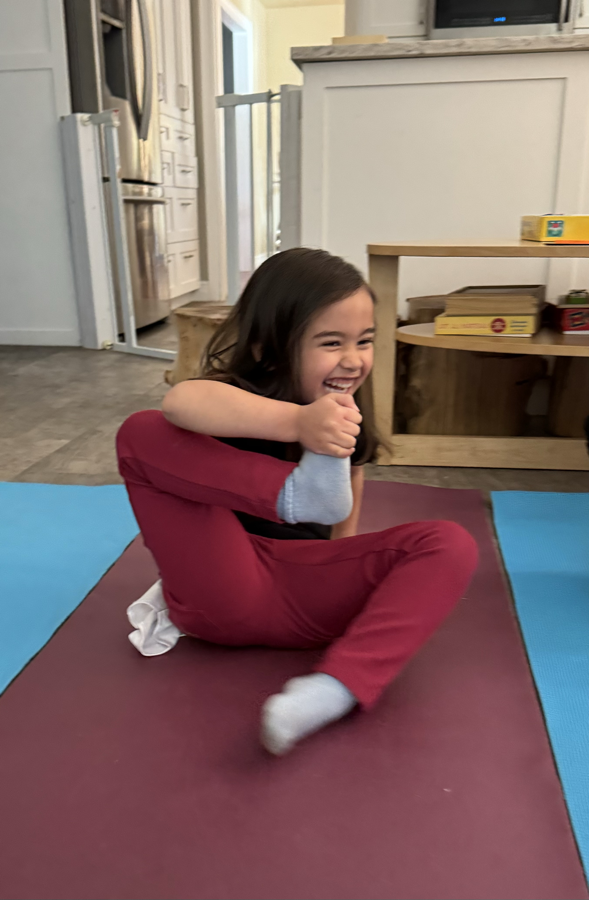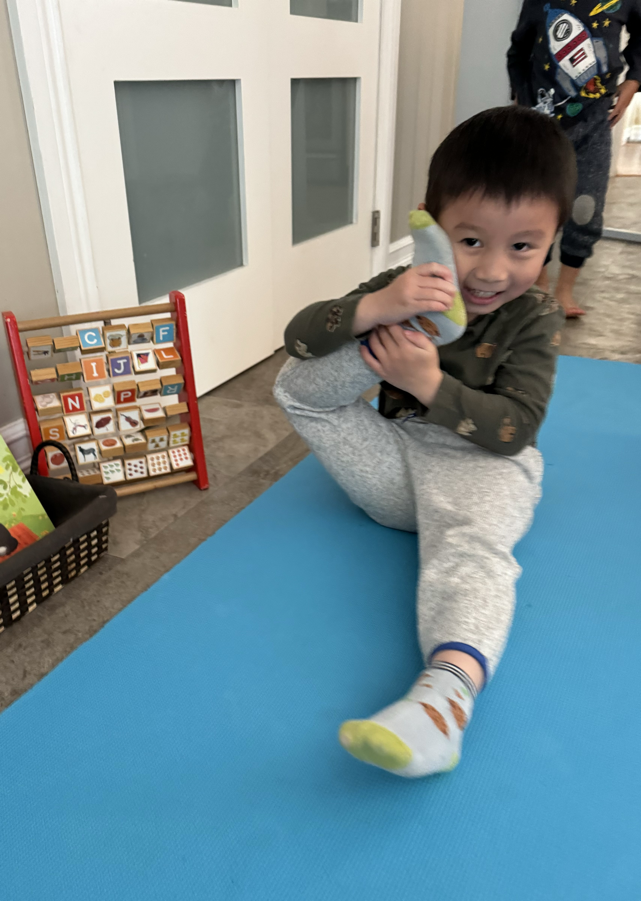|
It's finally here ... the breeze, colder temperature, gray and heavy clouds! In anticipation to embracing the arrival of rainy days, we explore the possibilities to consider the characteristics of rain itself by having discussions and experiments. Jana: What color is the rain? Brooks: It's blue. Elie: Clear. It is interesting to listen to our differing perceptions. Some of us may see our water inside our water bottles is colorless whereas others associate the color of water in the oceans as blue. We invite ourselves to walk our perceptions through physical engagement and affective responses during a simulated experience. 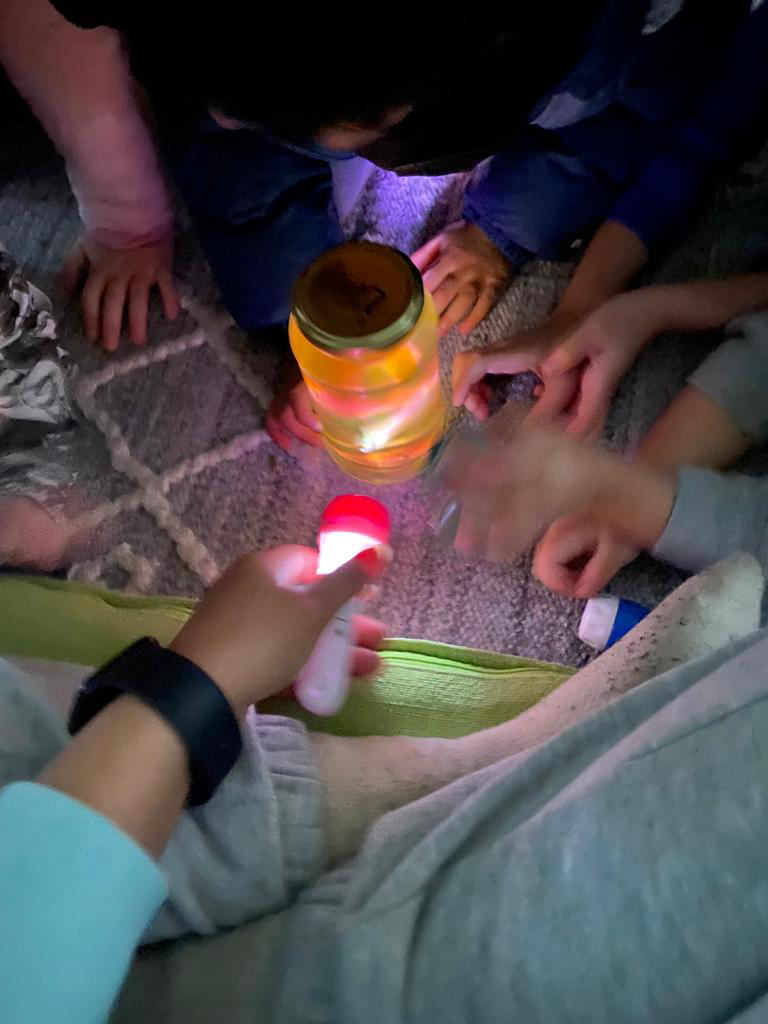 Perception is the process of organizing and attempting to understand the sensory stimulation we receive through our five senses. Through this learning experience we attempt to stimulate information to be transmitted to our brain creating sensation then perception. George shares his theory based on his careful observation: Because it needs droppers to mix the water and color ... and then you stand in it to make the color on your foot ... Just as children's intuitive (spontaneous) concepts are gradually refined and replaced by scientific concepts (for instance, not all organism that fly and have beaks are birds), intuitive observations are replaced with more selective, sophisticated, and theory driven observations that lead to the development of scientific explanations of natural phenomena (Tomkins & Tunnicliffe, 2007). Progression from everyday to scientific skills of observation involves more extended time for careful observations, educators' encouragements, shared noticing and conversations between educators and children, peer interaction, sketching and drawing, sculpture, diary writing, and asking questions. Is the rain good for us or bad for us? Arjun: It's bad for us. Jana: Why is is bad for us? Arjun: No, good for us. Jana: Why is it good for us? George: Because it helps all the trees and plants grow. Jana: Does it help us, besides the trees? George: *nods in agreement* I put my up when it's falling and it just goes in my mouth. Jana: So you think the rain helps us when we're thirsty? George agrees. Jana: How about Elie? Elie: For rivers to get bigger so the fish can live there. Developing skills of observation can help us to 'catch sight of the beautiful' (Aked et al., 2008, p. 8) and can give each of us unique 'invisible glasses' that 'color our world' so that we can be aware of and appreciate what is happening in the moment. Thinking of the many ways of catching sight of the beautiful first drops of rain we engage our multiple senses - sight, sound, smell, taste, and touch - to gradually, step by step, taking observations and making simple explanations out of them. After collecting the first drops we make connections to running straight to the water puddles to make our big splashes. Ready or not, here we come! Rain puddles have an almost magnetic pull for us. We love to jump in them, jump over them, roll through them on our trikes, feel the splashes on our legs. float things in them and much more. Through this learning opportunity we experience cause and effect and properties of water. Through jumping into rain puddles we experience firsthand while wondering on
Jana: Where does the rain come from? Brooks: It's coming from the clouds. Jana: What is the color of the clouds? Brooks: The color is white. Being observant and imaginative, Elie looks up to skim the sky to ponder on a dark and cloud cloud. We fill in our observation with a lingering question, "Why some clouds are darker than the others?" During the cloud watching, Felix and Vivaan are intrigued by the playfulness of the sunshine hiding behind the clouds. We are interested in noticing how our shadows keep on appearing and disappearing. Felix takes a chance to take a few photographs while observing the movement of clouds and the sun. He captures the presence of the sun surrounded by the clouds (below photograph) and adds his thinking of "the sun is moving but not the clouds". The thinking proposes more thinking for us (educators) to ponder together with children on below questions -
Till our further journey with the above we concurrently exploring our pumpkins, as part of experiencing fall, in many ways. Coming closer to smell it makes us to be more creative. We insert orange peels inside it to trick others with our orange scent pumpkin. Some of us choose to test the pumpkin's durability by sitting firmly on it. Engaging our strengths to hammer cookie cutters with a soft-headed mallet to bust out the shapes empowers us to take control of precisions. Cutting out the stems to make our magic potion enables us to take charge of our imaginative minds of integrating between abstract and reality. And tomorrow is another part of our "transforming" one thing into another. In this event, we are transforming ourselves into another role. We make conscious decisions as to what will work for the roles we are enacting. We have power over the experiences, and we choose our outfits using our imaginations and resources. Kindest,
Children & Friends.
0 Comments
Leave a Reply. |
No part of this publication may be reproduced, distributed, or transmitted in any form or by any means, including photocopying, recording or any other electronic or mechanical methods, without the prior written permission of the publisher.
Archives
July 2024
|
